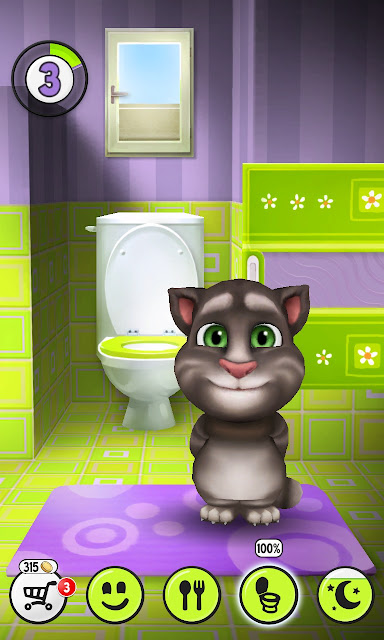Free/Paid Apps Accompanied with Hidden Cost
While browsing through the various apps which are made available from Apple and Android app stores, one will observe that around 98% of them tend to be free for download. However, several of the various free apps together with the paid ones tend to be accompanied with hidden cost which is your privacy. When apps are installed on the gadget the user is prompted with permission to access certain information or phone features. At time they need this information and at other times it does not seem to be essential.
Messaging app for instance requires permission for accessing contacts and Wi-Fi connection to do its task. But a Flashlight app does not need to know the location or have total internet access. Often users tend to hit `accept’ to install apps without checking what they do.
Apple devices enables apps to approve or deny permission individually wherein one can go to Settings – Privacy and open a feature such as Camera to view and control which apps have permission to access it. Another option is to go to Settings and scroll towards the bottom and tap on a particular app to see and control its permission.
PrivacyGrade – Popular Android Apps
Carnegie Mellon University had a few years back, set up a site known as PrivacyGrade which analyses popular Android apps to check what permissions they ask and how they utilised the information with a grade from A to D for each of them. With the scoring system, the score of PrivacyGrade tends to change over a period of time. At times the app which used to be on the `D’ list would get a `B’ or even an `A’. That is because; at times the app pulled its permission though at other times it decided to be more open on what it tends to do with the information.
The following are the seven popular apps which PrivacyGrade a low score -
1. Draw Something Free – D
This app enables the user to play a version of remote Pictionary with their friends which is enjoyable. However, it comprises of several advertisers libraries and utilises the `Read phone status and identity status’ permission to allow advertisers your call log, phone number, signal information, carrier and much more.
2. Words with Friends - D
This well-known app is similar to a fast game of Scrabble and is good for brushing up on vocabulary. But it is from the same developer as `Draw Something’ and is not surprising that it has the same privacy, though it goes a little further with the `Precise location’ permission. Since it does not use the location for the game, it does tend to use it to indicate to you location based ads.
3. GO Locker – D
The app tends to act as a screen lock for the phone, promising to be more secure and smarter than the built-in screen lock on the device. It means that it needs to know a lot about the phone and needs all permission available right from location to reading the text messages. Though it does not have advertising libraries installed, it could send data to advertisers utilising its own first party codes. It does not link up to send information to app stores other than Google Play which could be dangerous since app stores besides Google have malicious app. These could get hold of information from your phone.
4. GO Weather Forecast & Widgets - D
This app from the same company which brought GO Locker, provides the weather and forecast, but like GO Locker, it tends to utilise plenty of its permission to direct data to app markets besides Google Play. After some bit of checking, it seems that each GO app inclusive of GO Battery as well as GO SMS Pro, seem to have the same design and should be avoided.
5. Camera360 Ultimate – D
The default camera app of Android is serviceable, but not fanciful. The Camera360 Ultimate has the potentials to add more camera modes, with filters, free cloud storage, real-time `touch-ups’ facial recognition and much more without ads.
6. Angry Birds - C
Angry Birds was the first modern `virus-related’ mobile game with over 2 billion downloads since 2009 and most of its sequels as well as by-products do not fare well with privacy. Several of them include targeted ad libraries which tend to grab the identify information of the phone including call logs, carrier, device ID and number, etc. Beyond the score of PrivacyGrade, Angry Birds also has the difference of being one of the apps which NSA and British GCHQ had targeted to get hold of user information from smartphones. The improved version of Angry Birds is not vulnerable and they have scored a higher `B’.
7. My Talking Tom - D
This app is a little game where one can adopt and take care of a kitten but its privacy settings are not so lovable. It comprises of an eight targeted ad libraries besides the phone’s identifying information which is sent to the advertisers audio from the microphone.








